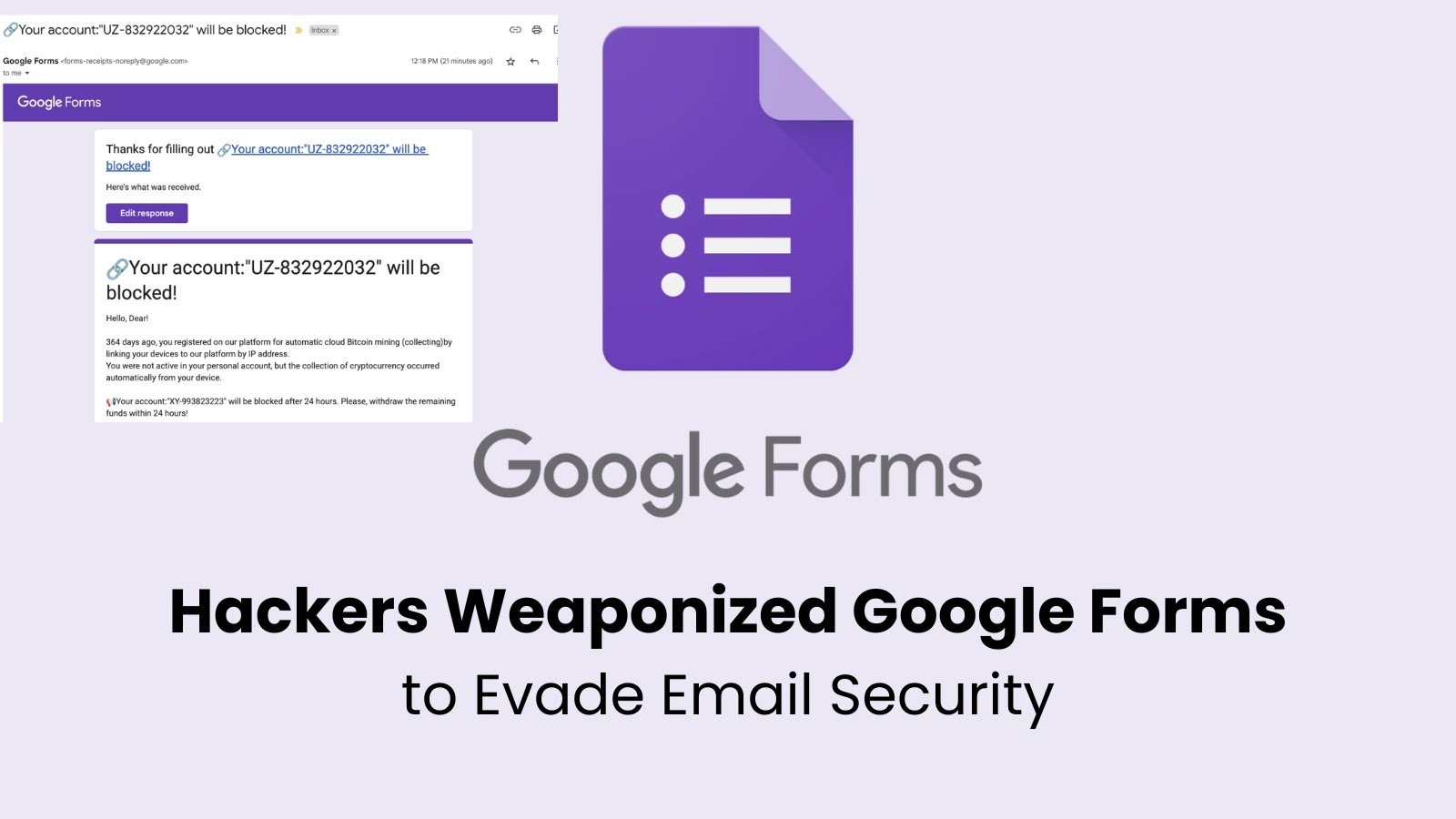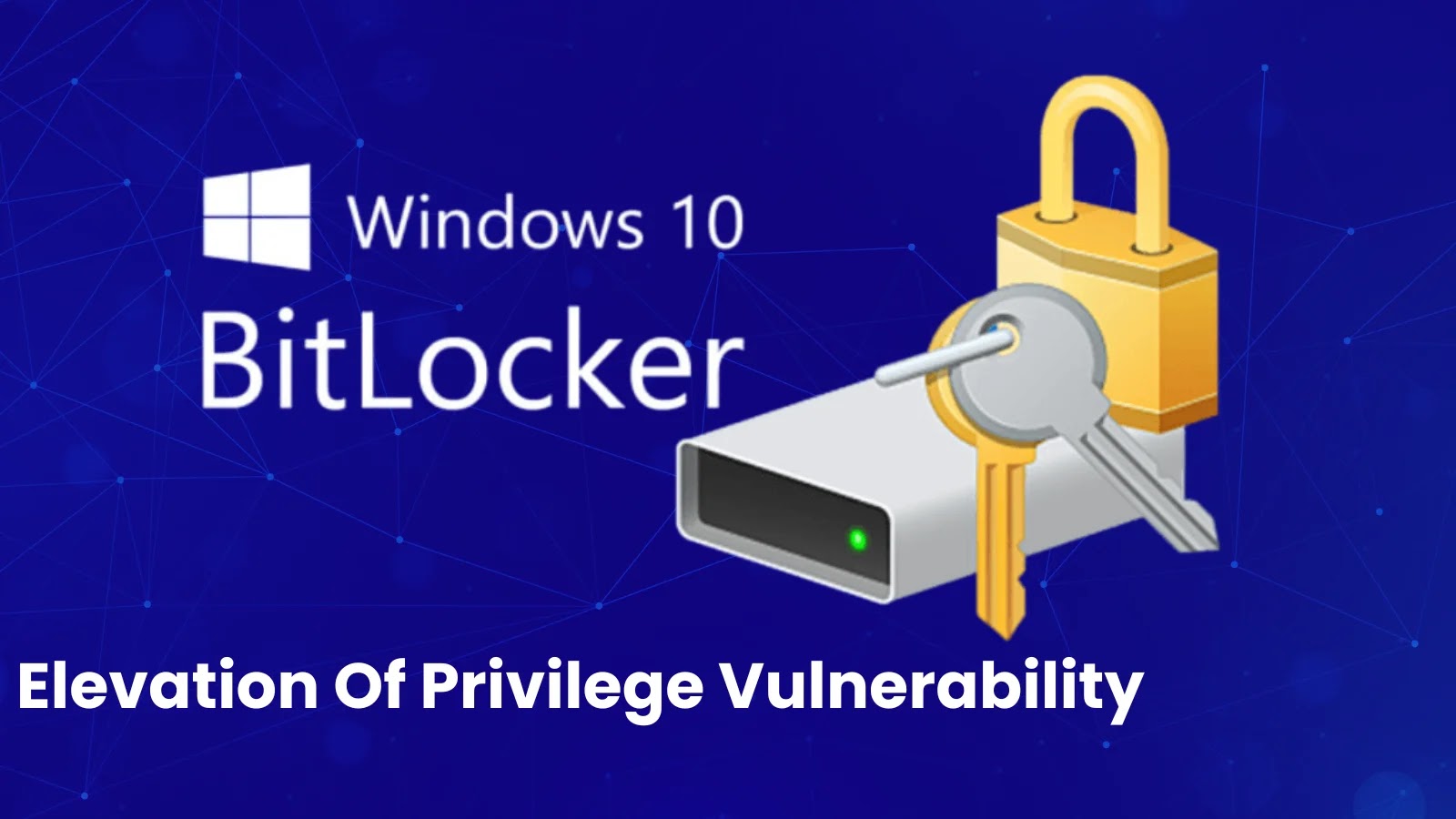Google Forms, a widely used tool for creating surveys and forms, has become a favored instrument for cybercriminals aiming to bypass email security filters and harvest sensitive user credentials. This exploitation leverages the inherent trust users place in Google’s services, making phishing campaigns more convincing and harder to detect.
The Appeal of Google Forms to Cybercriminals
Several factors contribute to the attractiveness of Google Forms for malicious activities:
– Legitimacy and Trust: As a product of Google, links to Google Forms are often perceived as trustworthy, allowing them to evade suspicion and security controls.
– Domain Reputation: Operating under the .google.com domain and utilizing HTTPS encryption, Google Forms traffic is typically categorized as secure by security solutions.
– Ease of Use: The platform’s user-friendly interface enables attackers to quickly create and distribute phishing forms without extensive technical knowledge.
Mechanics of the Attack
The typical attack sequence involves:
1. Phishing Email Distribution: Victims receive emails with urgent messages about account verification, password resets, or security alerts.
2. Malicious Form Link: These emails contain links to Google Forms designed to mimic legitimate login portals for services such as Microsoft 365, banking websites, or corporate VPNs.
3. Credential Harvesting: Unsuspecting users enter their credentials into these forms, which are then collected by the attackers.
Techniques Employed by Attackers
To enhance the effectiveness of these phishing campaigns, attackers utilize several techniques:
– Custom Styling and Branding: Incorporating familiar logos and design elements to make the forms appear authentic.
– URL Obfuscation: Using URL shorteners and obfuscation methods to mask the true destination of the link.
– Exploitation of Webhooks: Utilizing the HTTP POST method within forms to transmit stolen credentials to external servers, complicating detection efforts.
Impact on Various Sectors
The exploitation of Google Forms has had significant repercussions across multiple sectors:
– Financial Institutions: Reports indicate a 63% increase in Google Forms-based phishing attacks targeting customers, with some banks identifying over 2,300 credential theft attempts in a single month.
– Educational Institutions: Universities have reported widespread credential harvesting campaigns targeting faculty and students, leading to unauthorized access to sensitive information.
Protective Measures
To mitigate the risks associated with these attacks, organizations and individuals should implement the following safeguards:
– Advanced Email Security: Deploy solutions with deep content inspection capabilities to detect and block phishing attempts.
– Strict Email Authentication Protocols: Establish and enforce SPF, DKIM, and DMARC protocols to verify the authenticity of incoming emails.
– Multi-Factor Authentication (MFA): Implement MFA across all systems to add an extra layer of security beyond just passwords.
– Security Awareness Training: Conduct regular training sessions to educate users on recognizing legitimate Google Forms and identifying phishing attempts.
User Vigilance
Users should exercise caution by:
– Verifying Form URLs: Carefully checking the URL of any form before submitting credentials.
– Recognizing Unusual Requests: Being skeptical of forms requesting sensitive information, especially if unsolicited.
– Understanding Legitimate Practices: Remembering that reputable organizations rarely request password verification through Google Forms.
As cybercriminals continue to exploit trusted platforms like Google Forms, maintaining vigilance and implementing robust security measures are essential to protect sensitive information from increasingly sophisticated social engineering techniques.



